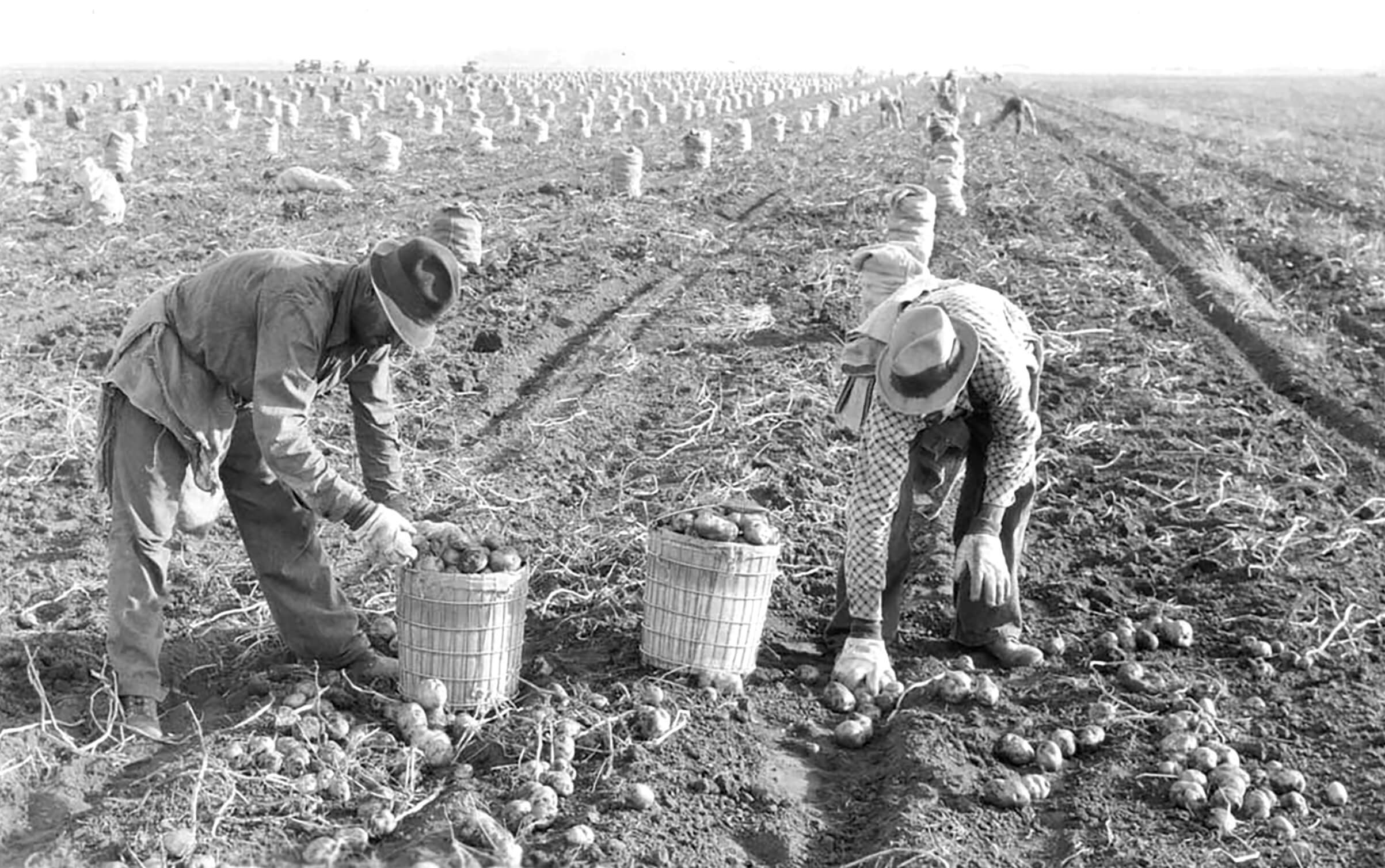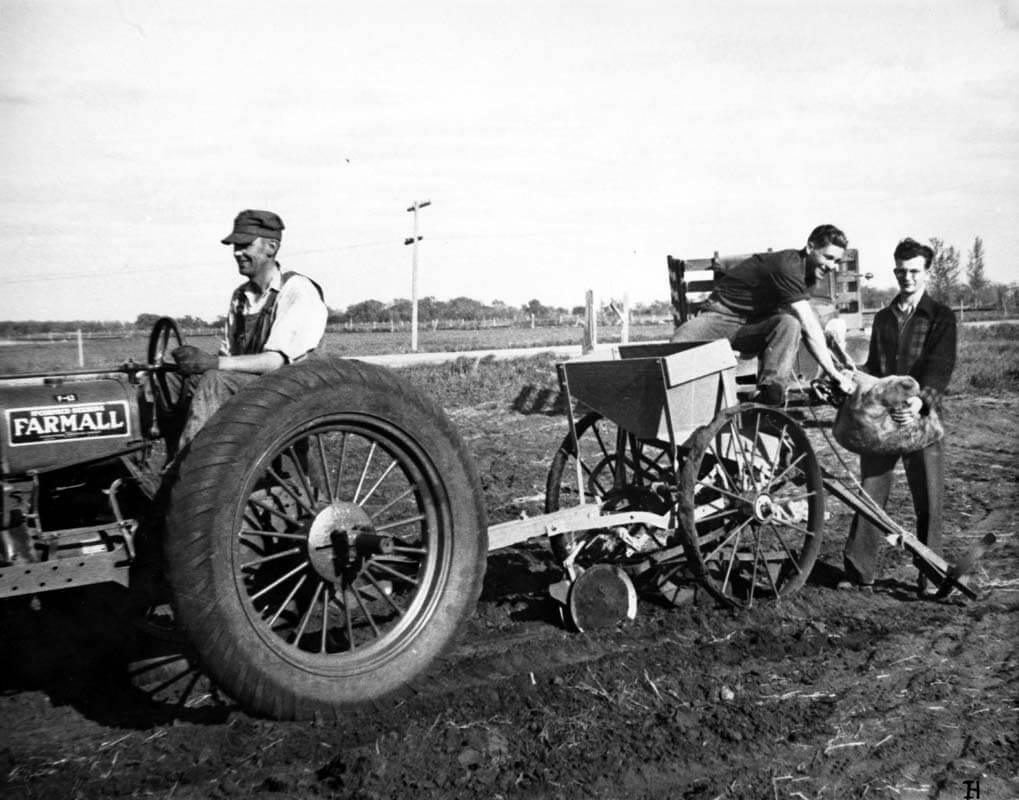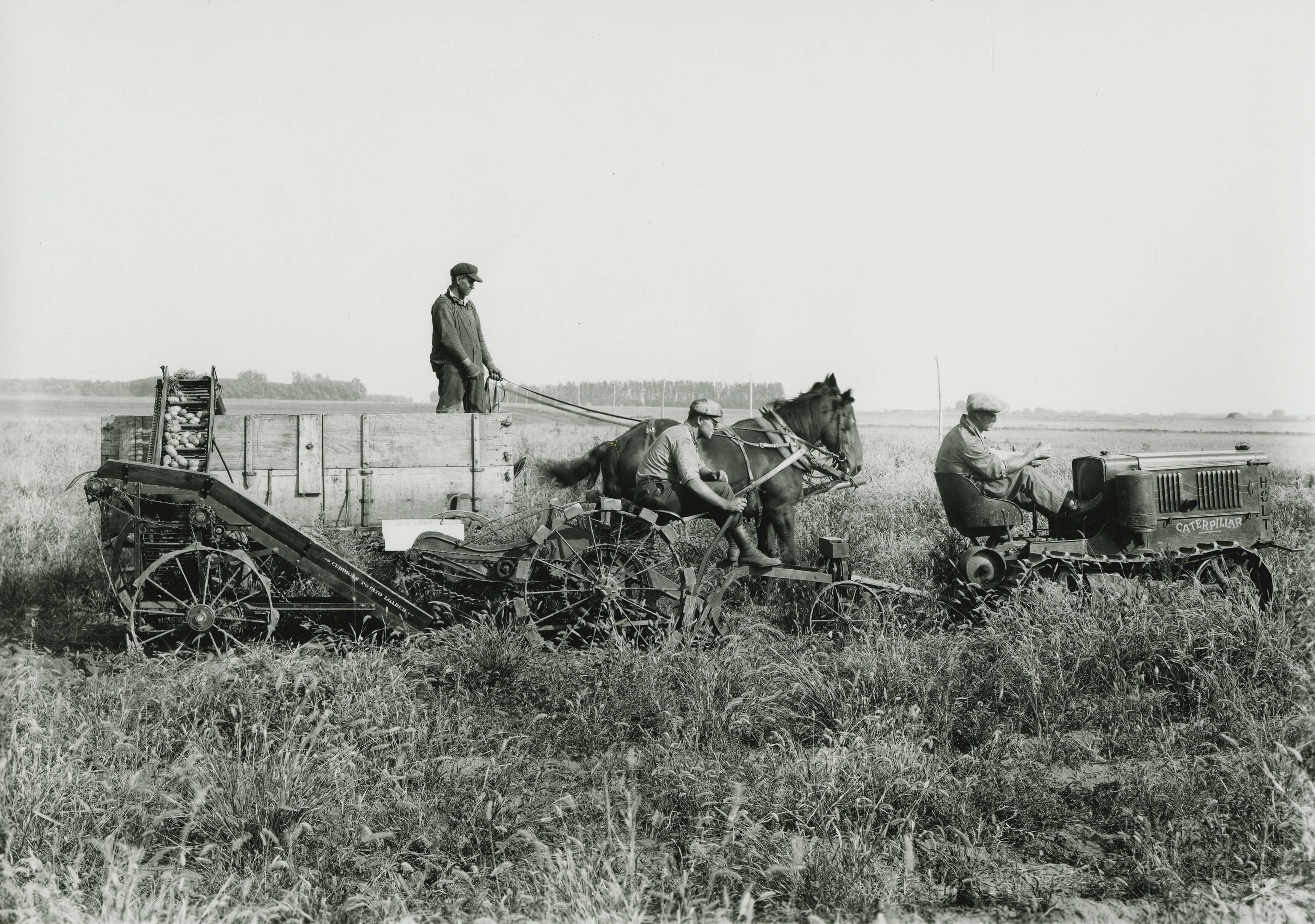The Red River Valley is the bottom of what was once Lake Agassiz, a massive glacial lake larger than even the mighty Great Lakes. As the huge glacier plowed over the land, it deposited a layer of silt, clay, sand and rock that slowly transformed into the valley’s rich soil, setting the area up to become one of the world’s most successful farming regions.

The soil is what sets the Red River Valley apart. The rich, dark soil is perfect for growing potatoes. While its black color is distinct, one truly gains an appreciation for the valley’s loam soil when they see it up close and handle it for themselves. This nutrient-rich dirt is the reason why Red River Valley potatoes taste so good.

The continental climate of this area is also a large part of why the Red River Valley produces the world’s best potatoes. Our growing season is short, lasting for only five months, but our growing days are long with as many as 16 hours of sunlight per day. The Red River Valley boasts a consistent dose of precipitation. With most crops watered by prairie rain instead of irrigation, potatoes from the Red River Valley are rich in flavor that only Mother Nature can provide.
With the Red River Valley’s uniquely ideal growing conditions, it’s easy to see why the potato was one of the first crops to be grown here. The first potatoes were planted near Pembina, North Dakota, during the 19th century and served as a valuable food source for fur traders. As settlements were established in the valley throughout the 1800s, the potato remained a mainstay vegetable. At the beginning of the 20th century, potatoes began to be produced commercially, with the first commercial planting done near Hoople, North Dakota. During WWII, the potato industry quickly expanded in the Red River Valley, as it built a reputation for its high-quality seed production and its red-skinned potatoes known as “Red River Valley Reds.”
| The photos on this page remind us of our rich history and the hard work that helped develop our rich farmland into the major potato producing region that it is today. |

Sources: The Past Is Never Far Away: A history of the Red River Valley Potato Industry, Lynda Kenney.